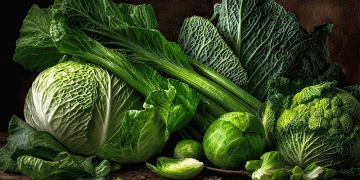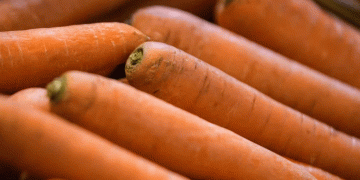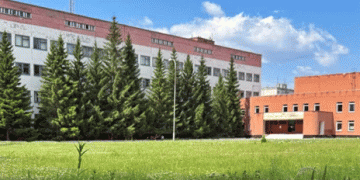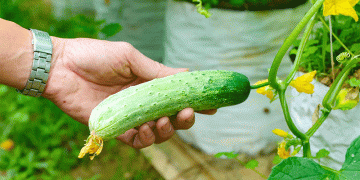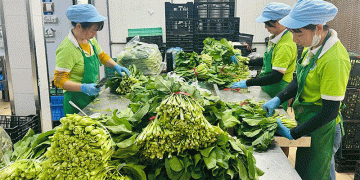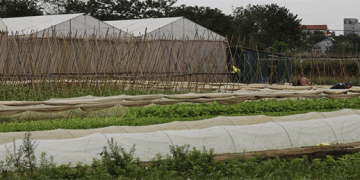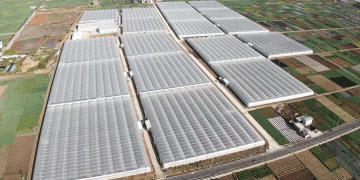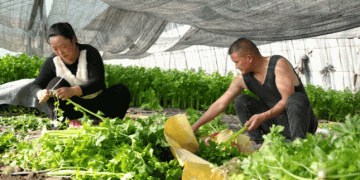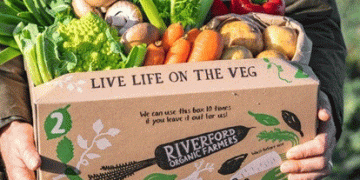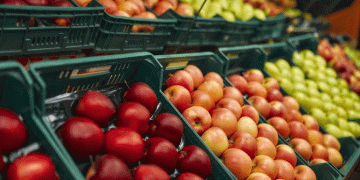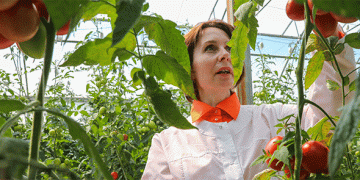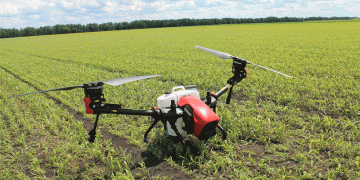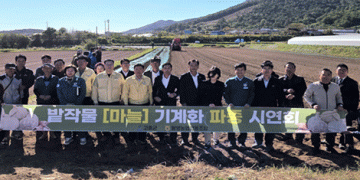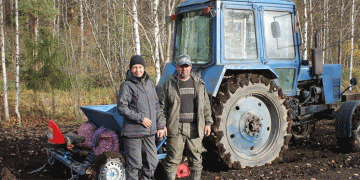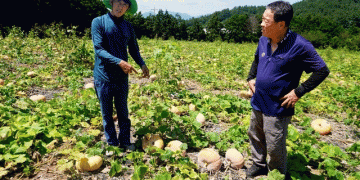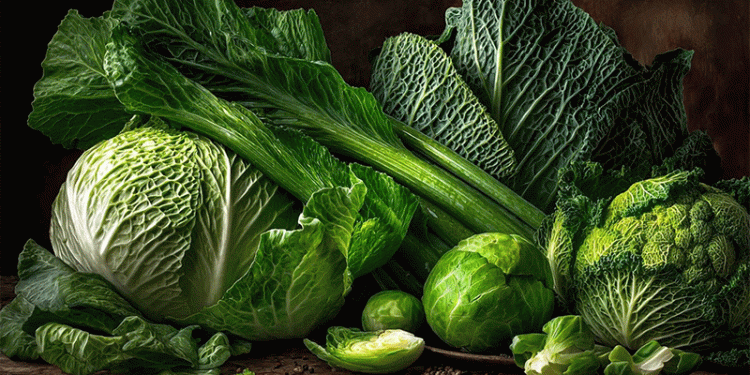A consortium of Russian research institutions has identified sulforaphane and other isothiocyanates in cruciferous vegetables as potent anti-aging compounds. Their peer-reviewed study demonstrates these phytonutrients:
Activate Nrf2 protein, boosting cellular antioxidant defenses by 300%
Enhance mitochondrial function by 40% in clinical trials
Reduce inflammatory markers by 35% in human subjects
Top Anti-Aging Vegetables (Ranked by Sulforaphane Content)
Broccoli sprouts (50-100x more concentrated than mature heads)
Red cabbage (anthocyanin-enhanced protection)
Rocket/arugula (high in erucin, a sulforaphane analog)
Brussels sprouts (dense nutrient profile)
Daikon radish (unique myrosinase enzymes)
Agricultural Implications
- Breeding Opportunities
- New cultivars with 2-3x higher sulforaphane in development
- Cold-stressed broccoli shown to increase antioxidants by 60%
- Optimal Post-Harvest Handling
- Light steaming (3-4 min): Preserves 90% of sulforaphane vs. 20% in boiling
- Chopping before storage: Enhances enzyme activity by 30%
- Market Potential
- Functional food sector projected to grow 8.4% annually through 2030
- Sprout microgreens command 400% premium over mature vegetables
Clinical Evidence
- 6-month trial showed:
- 28% reduction in oxidative DNA damage
- 17% improvement in cognitive test scores
- Enhanced detoxification of environmental pollutants
Farm-to-Longevity Strategies
- Precision agriculture to optimize phytochemical content
- Controlled environment production for year-round sprout cultivation
- Value-added processing for stabilized sulforaphane extracts
A New Frontier for Agriculture
This research transforms cruciferous vegetables from dietary staples into high-value functional crops. Farmers who:
- Adopt optimized growing practices
- Invest in post-harvest innovation
- Develop direct consumer marketing
will capitalize on the burgeoning longevity food market worth an estimated $50 billion globally.
